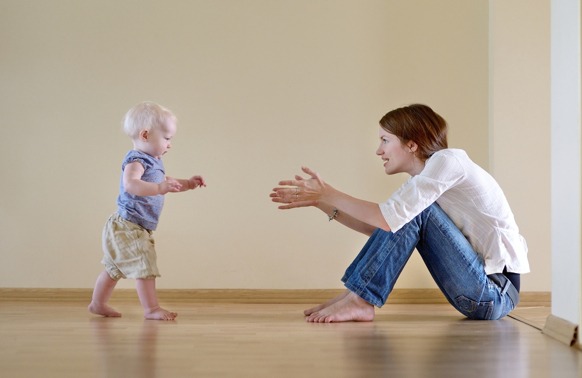
Searching For First Shoes
One of the most exciting milestones in a child's development is taking their first steps. However, before you rush to buy those first shoes, it’s essential to understand what’s happening in those tiny, precious feet and how to choose footwear that supports healthy foot growth.
The Science of Little Feet
Each little foot is amazing! Did you know that a child’s foot contains 26 bones, 19 muscles, and 107 ligaments, alongside delicate blood vessels, nerves, and tissue fibers? These bones start as soft cartilage, which doesn’t fully harden until adulthood when the foot is fully developed. This makes children’s feet very susceptible to moulding and damage and particularly vulnerable to improper footwear. Therefore, the right footwear is vital.

Medical experts worldwide now agree that the less time a child spends in shoes the better. Barefoot walking is best for healthy foot development. While going barefoot isn’t always practical in cold or wet climates, delaying the use of shoes can have significant benefits for your child’s growing feet.
When Should I Buy My Baby’s First Shoes?
Children don’t need shoes until they can walk confidently outdoors. Pram shoes and "pre-walkers" are optional and should only be used sparingly, such as to keep feet warm or provide grip on slippery surfaces.
Signs your child is ready for their first pair of shoes include:

- Walking confidently outdoors.
- Holding your hand and walking reasonable distances.
- Walking unaided without frequent falls or beginning to run.
During this transitional stage, leather-soled pre-walkers can still be used but may wear out quickly. Once your child is ready for their first shoes, these should be worn only when necessary—to protect their feet and keep them warm. At home or in safe environments, barefoot time should be encouraged.
What to Look for in First Shoes
When it’s time to purchase your child’s first pair of shoes, look for the following key features:
- Lightweight and flexible soles to mimic natural movement.
- Wide toe boxes to allow proper foot growth and wriggle room.
- A shape that matches a child’s foot shape —triangular and not scaled-down versions of adult shoes.
Top Recommendations for First Shoes
Here are some of the best first shoe brands tailored to support your child’s healthy foot development:
Bobux Step Up
Bobux SU Xplorer Go Ocean Coral and Mauve
- Designed for early walkers with thin and flexible soles which soften with use.
- Best for narrow to medium-width feet (narrowest of our first shoe options).
- Sole unit designed to reflect the distinctive anatomy of a first walker’s foot.
- The Bobux Xplorer is another great option with a great rubber sole for outdoor use, even though it's labeled as a pre-walker.
Old Soles
Old Soles Roady Pave Shoe Indigo
- Offers slightly wider options than Bobux.
- Includes durable Pave range and stylish sandals.
- Features thin, flexible soles and anatomical toe boxes designed for little feet.
Poco Nido
Poco Nido Pink Stars Strap Shoes with Toe Cap
- Known for barefoot-friendly design with thin and flexible TPU rubber soles.
- Wide fit and beautifully foot shaped with imaginative designs, fun prints and beautiful colours.
Camper First Peu
Camper Kids First Peu Boot Navy
- Ideal for wider feet.
- Zero-drop soles with ultra-flexible construction.
- Offers vintage-inspired designs.
- Good shape and width to the toe box.
Zeazoo Husky
Zeazoo Kids Husky Mini Shoes Mint Stars
- Perfect for wide and deep feet.
- Features 3mm zero-drop soles for excellent ground feel.
- Available in various colours and durable designs.
Common Tread
Common Tread Amber Sandal Pink
- Best for the widest feet.
- Super flexible crepe rubber soles with a barefoot feel.
- Minimalist design with only 5mm stack height (3mm sole and 2mm insole).
- Some of the most barefoot options we sell (particularly in the sandal range).
Encouraging Natural Movement
Even after your child starts wearing shoes, encourage as much barefoot time as possible. Walking barefoot strengthens foot muscles, improves balance, and promotes natural movement. Whenever it’s safe, let your child roam barefoot and embrace their instinct to kick off those shoes.
Celebrate Barefoot Instincts and Healthy Feet!
Choosing the right first shoes is an investment in your child’s health and comfort. Remember, the less time spent in shoes, the better for their development. Support their journey toward walking with shoes that prioritise natural movement, and let their little feet grow and explore freely! Explore our range of first shoes at Happy Little Soles.
 Free UK Returns
Free UK Returns











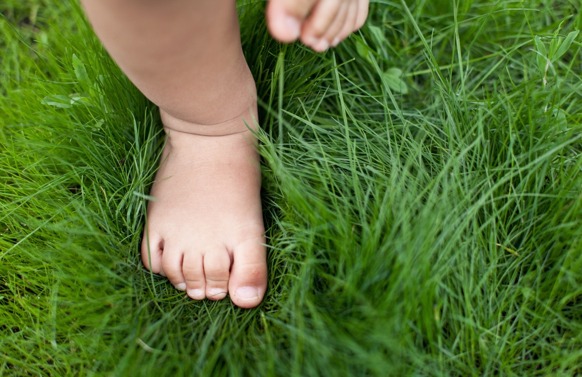

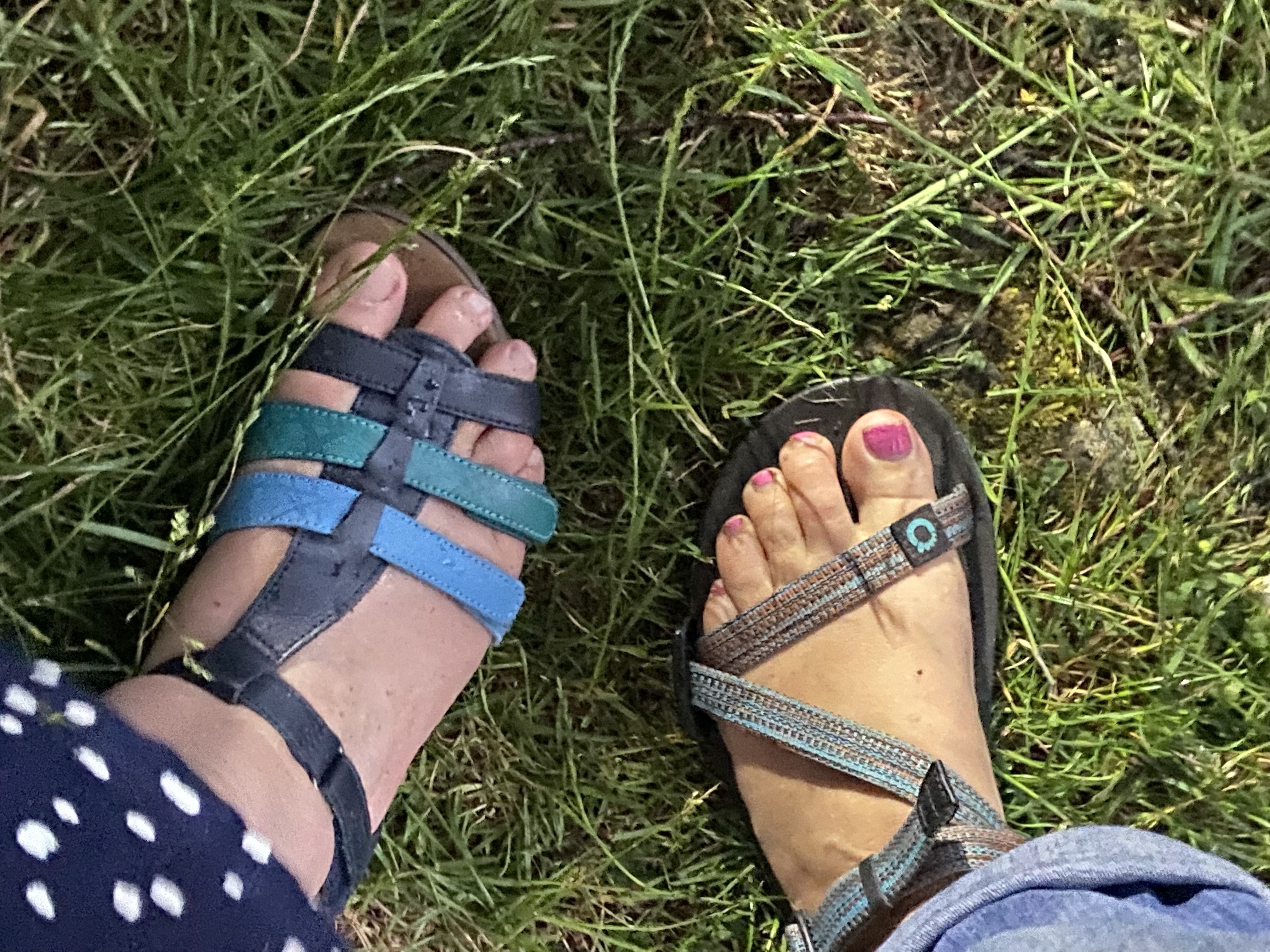
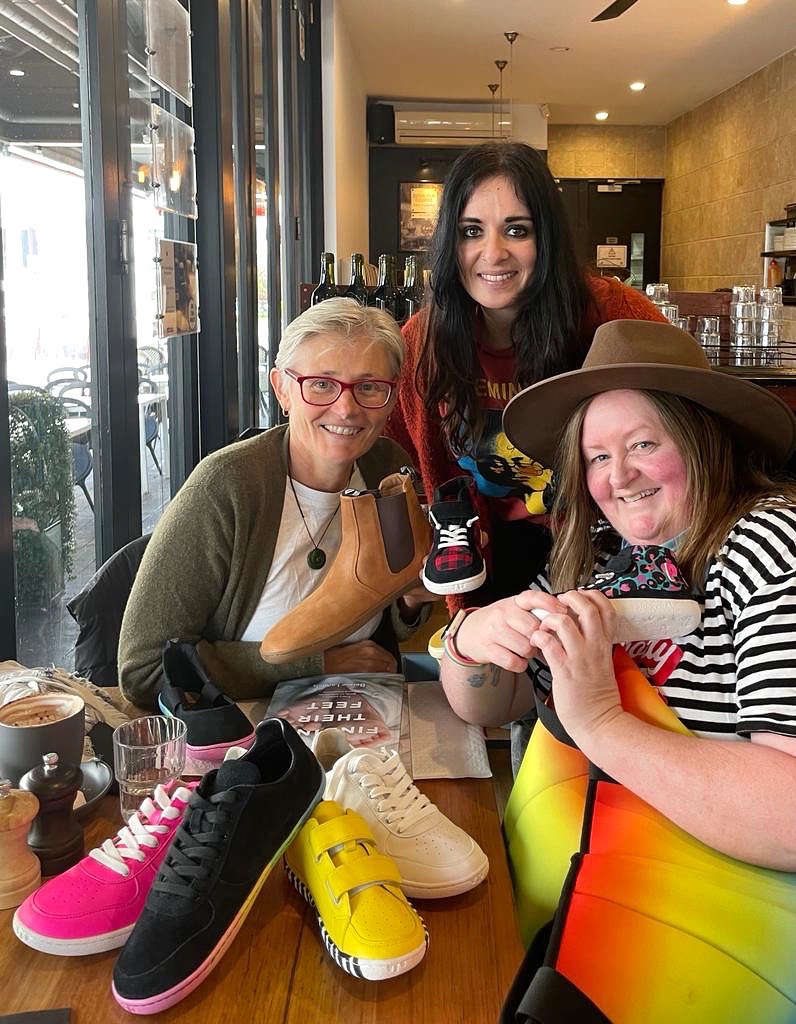
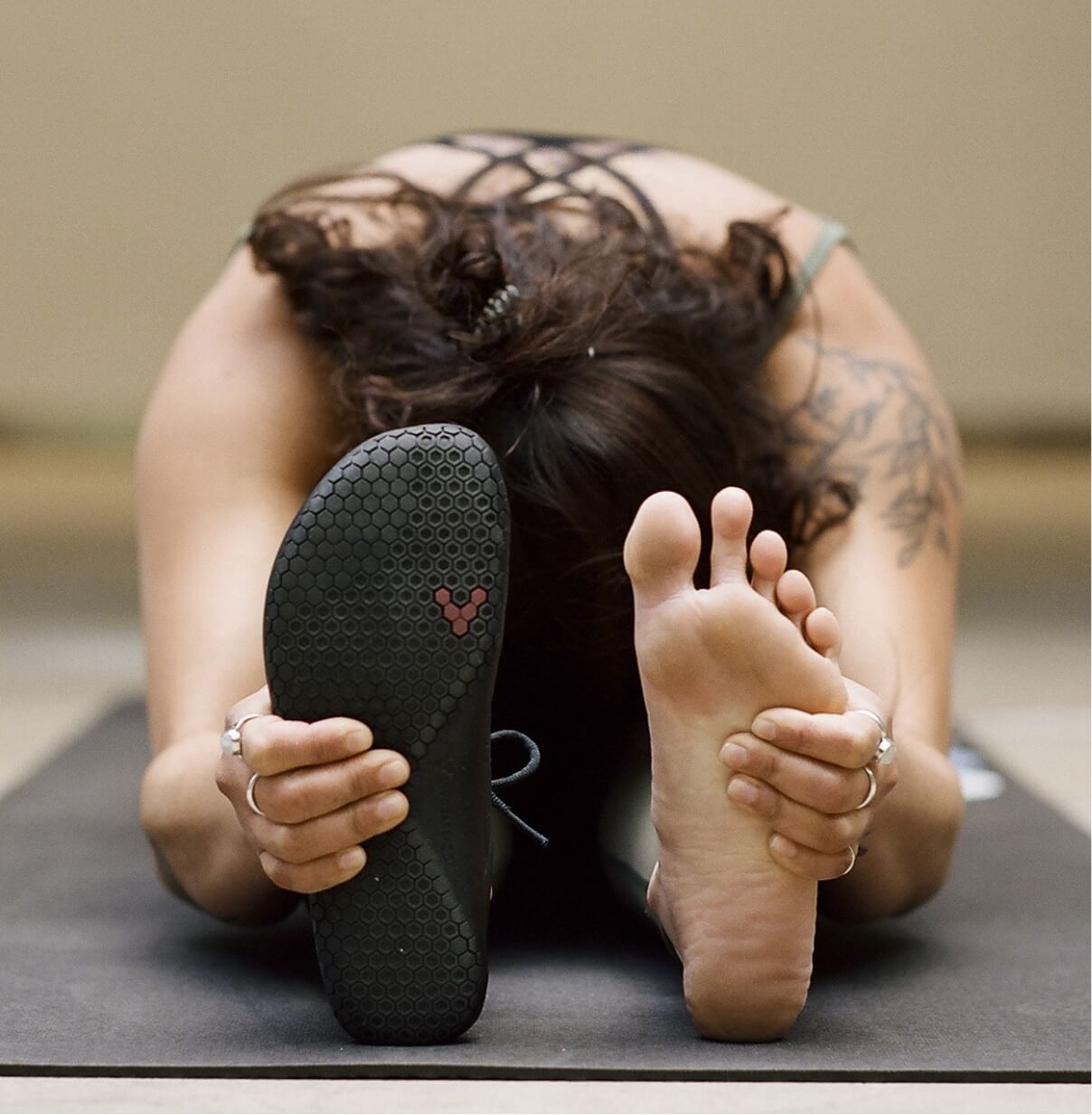
Comments